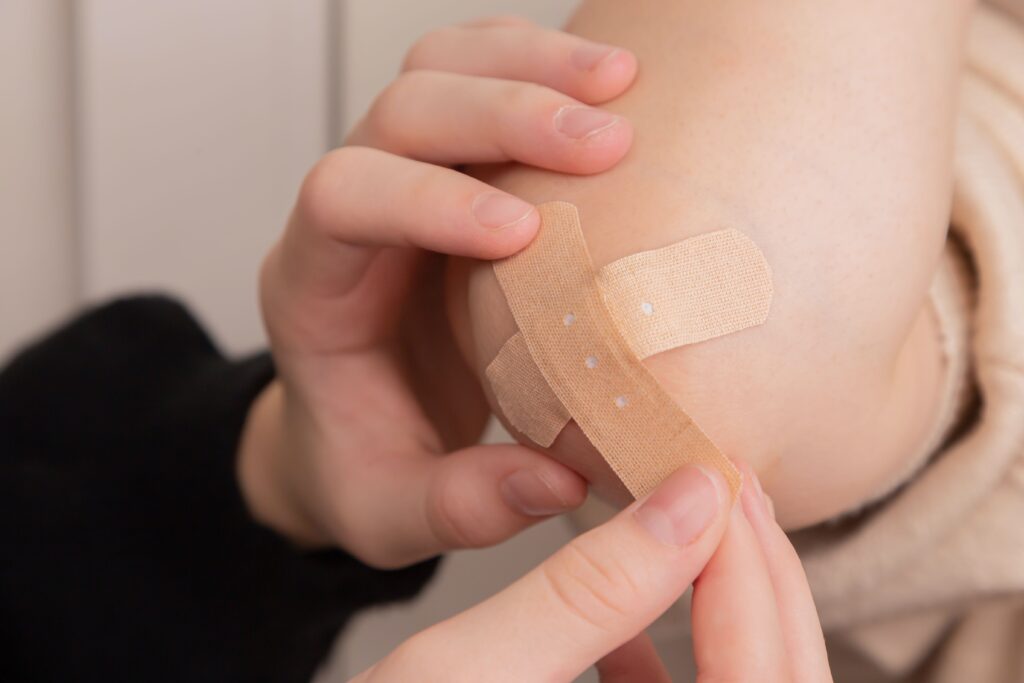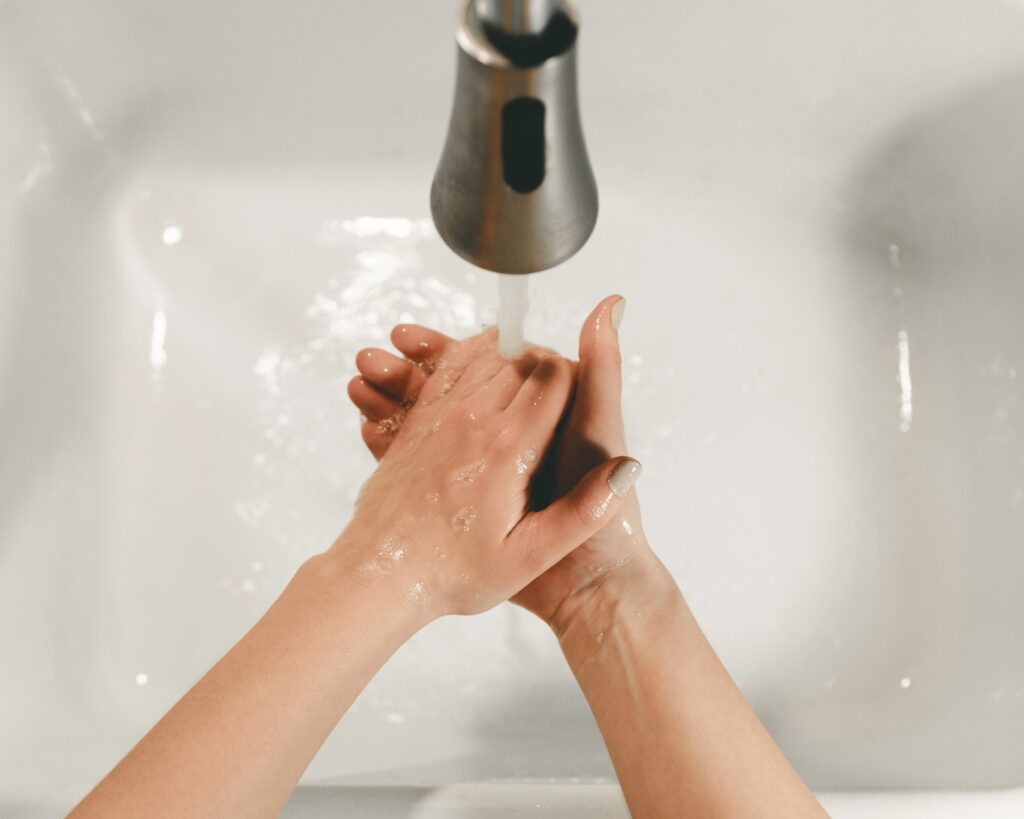Regardless of whether your wound is from accidental injuries or recovering from medical procedures, wound management is important to prevent and reduce infection and excessive skin tears and expedite wound healing.
There can be a great deal of misinformation about wound care that can lead to adverse effects on your health. To avoid this, we are here to let you know some of the biggest mistakes people make whilst performing wound dressing at home.
1) Forgetting To Clean The Wound
Taking the time and energy to properly and carefully clean wounds before applying any dressing is essential. Wound care is critical, especially when looking for any debris or dirt that may have gotten trapped in the wound.
Anything that is not supposed to be against the skin or absorbed through the pores can cause infection. Using running water and tweezers may be sufficient to remove any and all foreign debris. Once completed, you can use a washcloth, soap, or another wound cleanser to finish cleaning the exposed area.
2) Avoiding any wound dressing
Once you have cleaned your wound, you must cover the wound as quickly as possible. Keeping an injury covered can be uncomfortable, but this will allow the wound to heal and keeps out germs. The longer it is exposed, the more likely it is to attract dirt or debris, which can lead to an infection.
3) Applying too much or too little ointment to wounds
When caring for your wound, it is vital to keep it moist to help it heal faster and protect it from bacteria. To prevent maceration, you can keep your wound moist by applying a thin layer of wound ointment or gel (octenisept gel).

4) Complications to wounds from adhesive strips
Wound bandaging is typically done daily for a period ranging from one week to a month. During this time, it’s essential to avoid irritation around the wound that adhesives can cause. Use small bandages with gentle adhesives, such as paper tape or sensitive-skin bandages.
You can also slightly alternate the position of the bandage each day. In some cases, the irritation can become severe, which will cause inflammation, damage your skin and become painful. In these cases, you should see a doctor as soon as possible for further evaluation.
5) Using the wrong remedies
While many natural remedies expedite healing, using products specifically for the wound is the best option. Scar products are only to be used after the wound has closed fully. Ingredients such as sugar, honey, essential oils, beauty creams, and toilet paper should not be used on wounds.

6) Forgetting to wash your hands
Last, the most straightforward way to prevent infection is to thoroughly wash your hands with soap and water before caring for your wound. If you are in a situation where you are unable to do so, a hand sanitizer or wet wipes may be the next best thing to clean your hands.
When to see the doctor at a clinical practice?
1) It’s a deep laceration or puncture
If the wound is deep and you can see fat or underlying structures, such as the tendon or muscle, you should seek immediate medical attention for the injury. If the wound is dirty, it may need to be irrigated, and antibiotics may be administered.
These severe wounds may require debridement when dead tissue or other materials that may promote infection are removed, and sutures will be needed to close the wound. A deep puncture is also a concern because underlying organs could be damaged.
In addition, puncture wounds caused by rusty nails are at risk for tetanus infections that need a tetanus shot.
2) It was caused by an animal
Oral antibiotics should be taken as soon as possible after any animal bites or scratches, as the chance of the wound becoming infected is high. For instance, several illnesses can be spread through animal bites, including:
- Rabies
- Cellulitis
- Staph and strep infections

3) It shows signs of infection
A medical provider should evaluate any wound that’s infected. Signs an injury may be infected include:
- Increasing pain or redness
- Drainage or bleeding that won’t stop
- Fever and chills
4) It’s having difficulty healing
A chronic wound is any wound that lasts longer than three weeks. However, injuries should start showing signs of improvement within a few days. If your wound does not show signs of healing after two or three days, it may become chronic.
Spotting a chronic wound early can help heal it faster. Many different types of dressings can help maintain the proper level of moisture that promotes healing.
5) You have a disease that causes wounds to heal slower
Even a minor wound can be more severe for a person who has:
- Diabetes
- A weakened immune system (immunocompromised)
- Individuals with these wounds can progress more rapidly as people with these conditions are more likely to need antibiotics and debridement, especially if they have diabetes and a foot wound. This is a common complication of diabetes that can quickly turn bad.




